How to use an AeroPress – advice from the experts
Here's what to do if you want to make the best brew
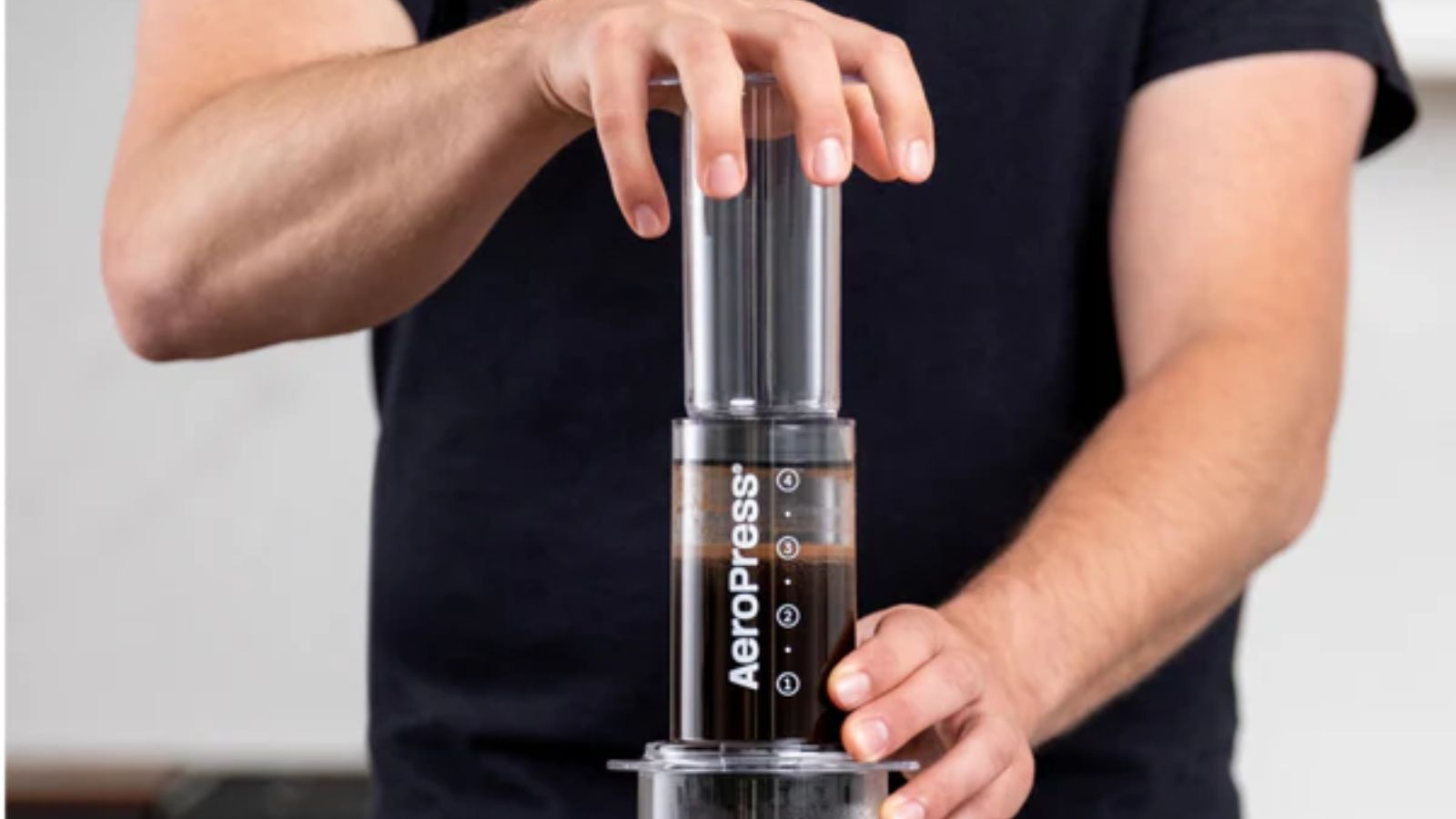

The iconic AeroPress is so simple that most people skip the instructions, never learning how to use an AeroPress as they're intended. Without the proper information, you can slip into bad habits or, even worse, not make any habits at all.
I'm a firm believer that you can't get creative with coffee until you've nailed the basics. AeroPresses might look like French presses, but they're very different (I've covered AeroPress vs French press debate in detail). That's why I wanted to give you all the AeroPress information you need to get started.
I spoke with baristas and coffee enthusiasts to write down the official way to use an AeroPress. However, as a barista and a bit of a coffee geek, I'm all for experimenting. In fact, I actually prefer brewing coffee using the 'inverted' AeroPress method (more on that later), so I've got some expert tips and tricks for how to have some fun with your AeroPress as well as some common mistakes that people make.
How to use an AeroPress with the classic method
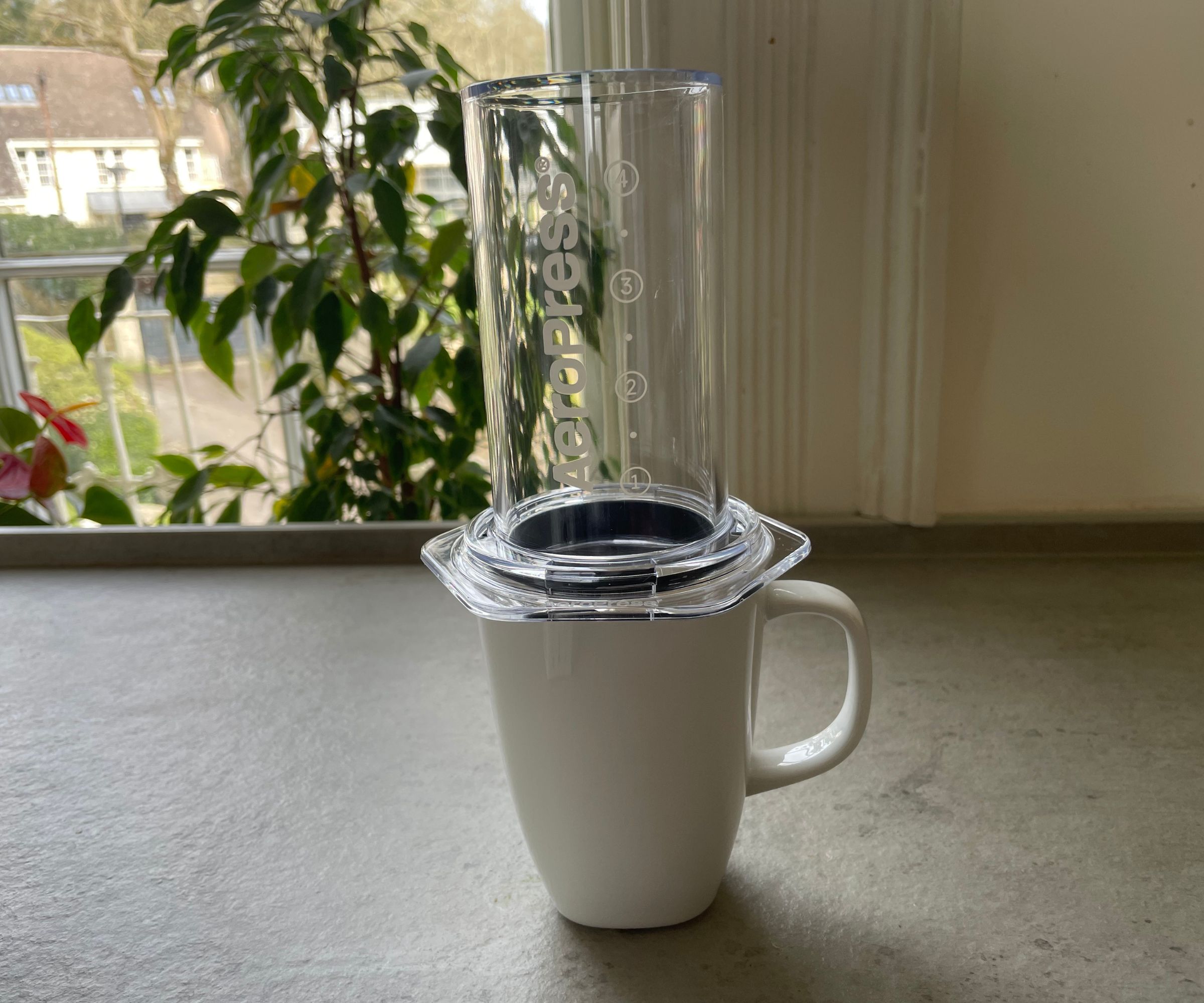
You'll have heard a lot of talk about the different AeroPress methods, but I want to start with how to use an AeroPress following the classic, or standard method, which is issued by the brand themselves. Kayla Stavridis, a former barista and coffee expert, is my go-to as soon as I want to talk about coffee. When I asked her how to use an AeroPress knew the classic method by memory.
Kalya says 'When you're making the perfect AeroPress brew, it all starts with the grind. I've found that a grind slightly finer than sea salt works best, providing the ideal balance of flavor extraction without risking over-extraction.'
Once you've ground your coffee, AeroPress recommends starting with 17 grams of coffee grounds, and all the baristas that I spoke with agreed. This is a good place to start and then you can experiment when you're more confident.
The next step in the standard method requires you to put a paper filter in the basket and rinse it with hot water. Wetting the paper means that it won't absorb as many of your delicious coffee oils, giving you a fuller and more flavorful cup of coffee.
Then, add the coffee grounds into the AeroPress chamber, followed by hot water at 175°F-185°F. Kayla says to 'fill to the desired level, give the mixture a quick stir and then let it steep for about one minute'. This lets your coffee infuse and bloom, getting rid of any acidic CO2 that might be in your mix.
Once your minute is up, attach the filter cup and press down gently. That's all there is to it.
How to use an AeroPress with the inverted method
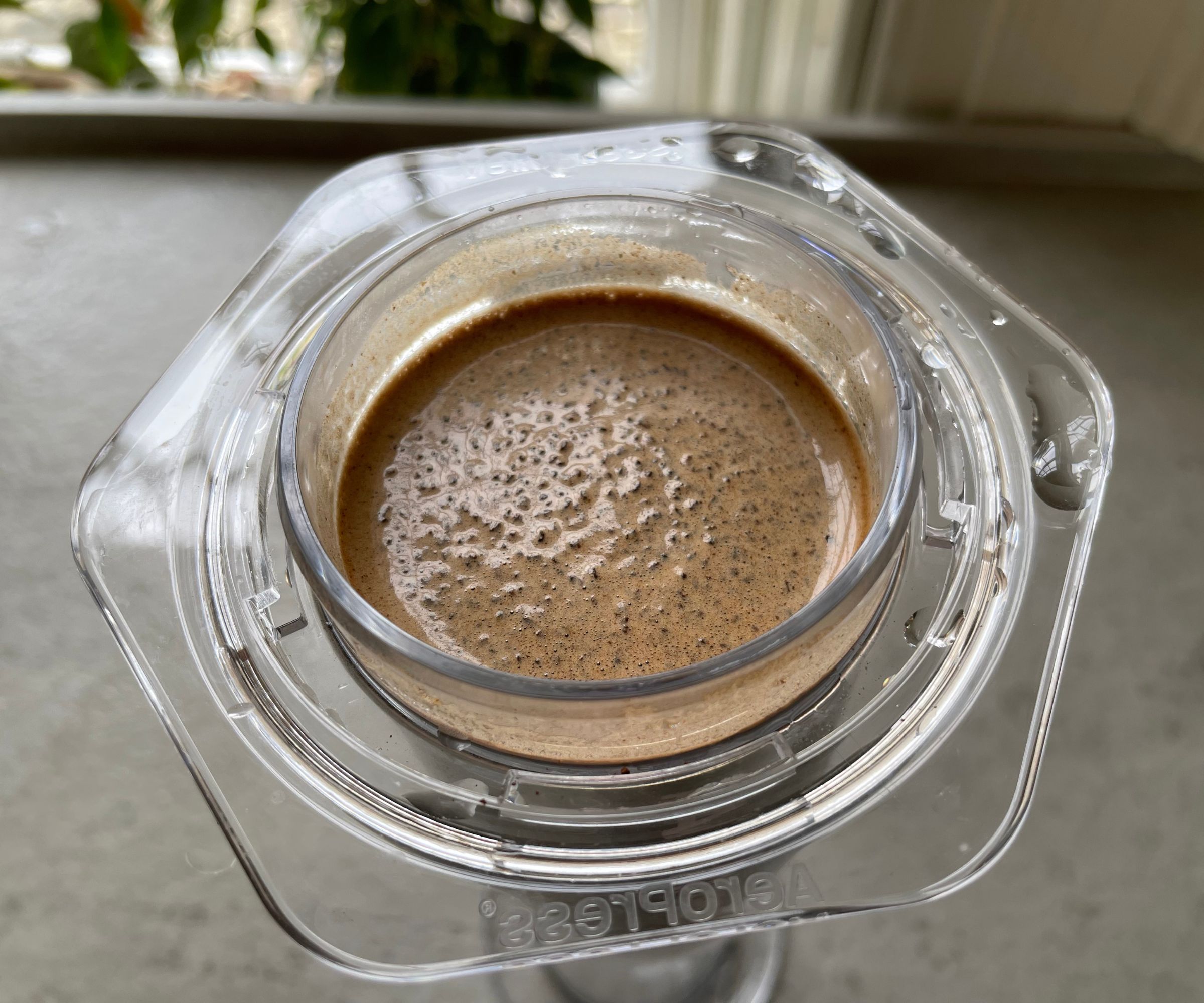
The Inverted Method, also known as James Hoffmann's Ultimate Method, for making in the French press is a bit of a cheat – and I love it. I'm not alone either, editor of Coffee Grind Guru, Ruud van Loo has spent seven years exploring coffee and this is his go-to.
Ruud says 'on days when I'm feeling a bit more adventurous and I want to extract more flavors from my coffee grounds, I use the inverted method. All you need to do is flip the AeroPress upside down and add the coffee grounds and water. Then, attach the filter cap without plunging.'
By allowing the coffee to steep upside down Rudd believes 'it enhances the extraction process, resulting in a richer and more intense flavor profile.' Van Loo encourages coffee enthusiasts not to stop there though, 'experiment with different steeping times and ratios to find the flavors that suit you the best. It's a lot of fun and will quickly become an obsession, trust me.'
How to use an AeroPress to make cold brew

Cold brew is all the craze in the coffee world. It's a smoother, sweeter drink that still packs a caffeine punch and, normally, you'd have to wait 18 hours to enjoy one of these. However, if you have an AeroPress, you can emulate cold brew flavors in a matter of minutes.
James Roche, co-founder of Wrexham Bean Co, says 'making cold brew in my AeroPress is one of my daily delights. You'll need to ditch the hot water entirely though. Here's what I do:
I grind my coffee beans as coarsely as sea salt, I've found that this is the best grind for extraction. Then, I add my grounds directly to the AeroPress chamber,' James notes here that he uses a metal filter because it works better, but the paper filter works fine too.
'Then, fill the chamber with cold water just above the coffee grounds and give it a gentle stir,' James pauses and then emphasizes, 'here is when you need to be patient. Place the plunger on top and don't press down. Steep it in the fridge for 2-4 hours depending on how strong you want yours to be. Once steeped, slowly press down slowly and steadily until you reach the bottom. Then, you've made your concentrate, so you can dilute it with water or milk and enjoy it over ice.'
Tips and tricks
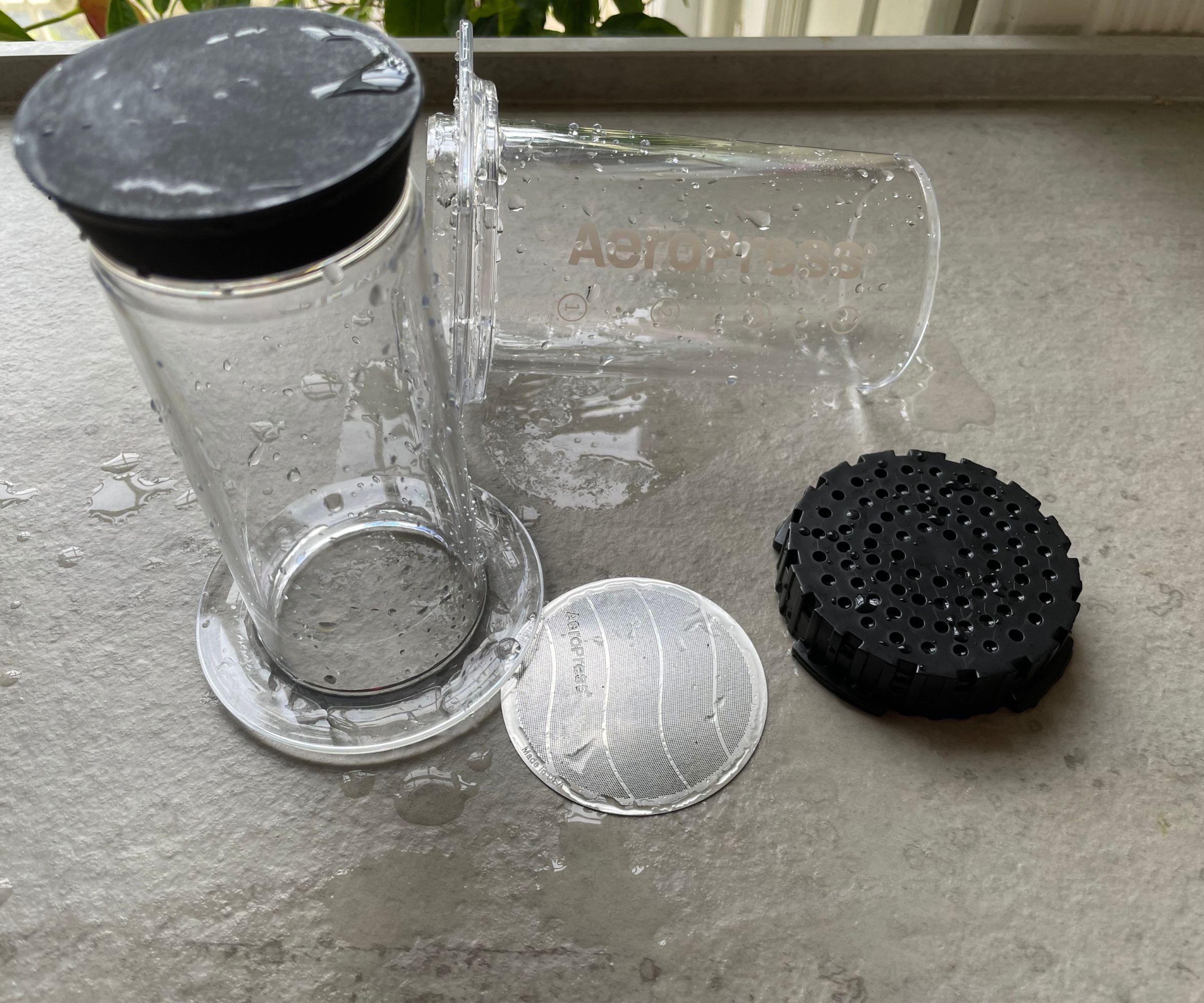
AeroPress owners all tend to be naturally curious about how they can better their brewing skills. This means that there are a lot of tips and tricks out there. These often come to light in the annual AeroPress Championships where, last year, the winner wrapped a cup sleeve (like this from Walmart) around their AeroPress to insulate it.
Kayla encourages AeroPress owners to take inspiration from the championships and experiment. She says 'don't be afraid to play around with coffee-to-water ratios to find the perfect balance for your taste buds. Using a timer can also make a world of difference, ensuring consistency in your brews with each cup you make.' The timer will also ensure that you're more consistent across your different cups of coffee, so if you make the perfect one, you'll easily recreate it.
Kayla added one final note. 'Cleanliness is next to godliness,' she says, 'promptly cleaning your AeroPress after each use ensures that your next brew isn't tainted by old coffee oils, preserving the purity of flavor in every cup.' You heard it here.
Common mistakes
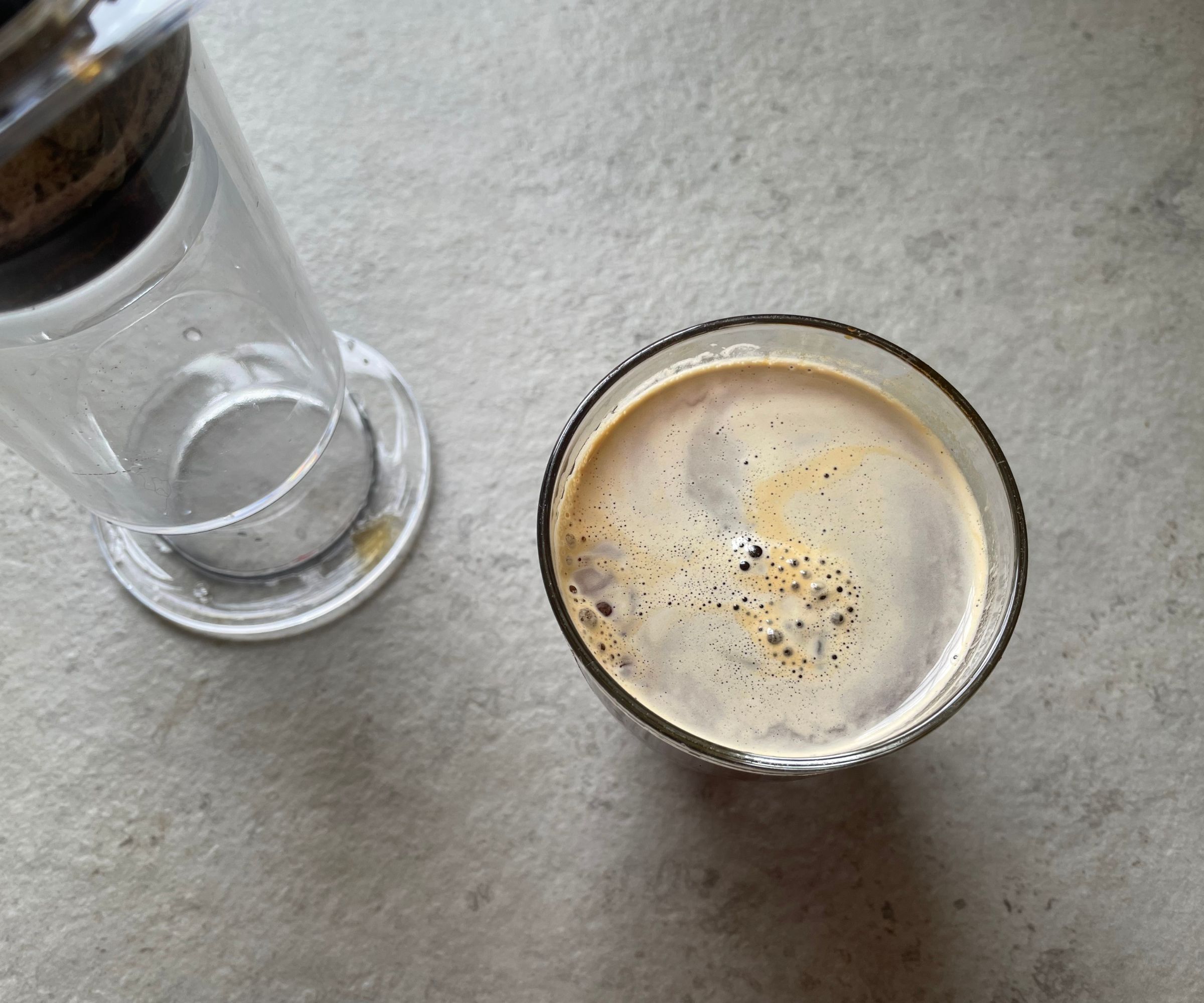
Whilst it's great to know how to use an AeroPress properly, if your coffee isn't tasting quite right, it might be because you're unconsciously misstepping. Kayla said that 'some common pitfalls can easily be avoided with a little attention to detail. Ignoring the grind size is a big one; investing in a quality burr grinder can make all the difference in achieving a consistent grind suitable for AeroPress brewing.' If you don't already own one, I've tested the Fellow Ode burr grinder which you can pick up on Amazon. It's incredible and super stylish too.
The AeroPress site emphasizes a gentle and slow technique when pressing your coffee. Applying too much force can result in a bitter taste or, worse, a messy spillage.
FAQs
If you're following the simple steps for how to use an AeroPress and avoiding any common pitfalls you should be able to enjoy a delicious cup of coffee at home and on the go. However, if you still have questions about how to brew the optimal cup, here are some answers.
Should I use a metal or paper filter in my AeroPress?
if you want to make an espresso-style drink, you'll want the metal filter, since this won't absorb the rich and delicious oils. However, if you want a super smooth, clean brew, use the paper filters.
What's the perfect ratio of water to coffee in an AeroPress?
Some people will say that the golden ratio is 1:16, but really, one of the most fun features of the AeroPress is how versatile it is. I'd encourage you to try different ratios until you find the one that best suits your palette.
Can I use boiling water in my AeroPress?
In theory, you could, but you'll scald your coffee grounds, making your brew taste bitter, sour, or acidic. I'd aim for 195 – 205 degrees Fahrenheit which your kettle will reach about 45 seconds before it boils. The best way to make sure you're reaching the right temperature is by investing in a gooseneck kettle. I love the Fellow Stagg, available at Amazon.
Sign up to the Homes & Gardens newsletter
Design expertise in your inbox – from inspiring decorating ideas and beautiful celebrity homes to practical gardening advice and shopping round-ups.

Laura is our eCommerce editor. As a fully qualified barista, she's our expert in all things coffee and has tested over thirty of the best coffee makers on the market. She has also interviewed Q-Graders and world-leading experts in the coffee industry, so has an intimate knowledge of all things coffee. Before joining Homes & Gardens, she studied English at Oxford University. Whilst studying, she trained as a master perfumer and worked in the luxury fragrance industry for five years. Her collection of home fragrance is extensive and she's met and interviewed five of the world's finest perfumers (also known as 'noses'). As a result of this expansive fragrance knowledge, she always puts quality and style over quantity and fads. Laura looks for products which have been designed simply and with thoughtful finishes.
-
 I've spent over 200 hours testing vacuums and swear by my two Dysons – this is how I properly clean a Dyson vacuum filter for longer-lasting appliances
I've spent over 200 hours testing vacuums and swear by my two Dysons – this is how I properly clean a Dyson vacuum filter for longer-lasting appliancesYour Dyson vacuum will last much longer and clean at its best
By Dan Fauzi Published
-
 Bethenny Frankel calls this $695 machine the 'Rolls-Royce Cullinan of coffee' – it's a must-have luxury buy for iced-coffee lovers this springtime
Bethenny Frankel calls this $695 machine the 'Rolls-Royce Cullinan of coffee' – it's a must-have luxury buy for iced-coffee lovers this springtimeThe Real Housewife swears by a luxurious machine that makes nitro cold brew, cold brew, and cold espresso at the touch of a button – here's why it's worth it
By Sophie Edwards Published